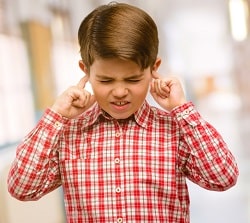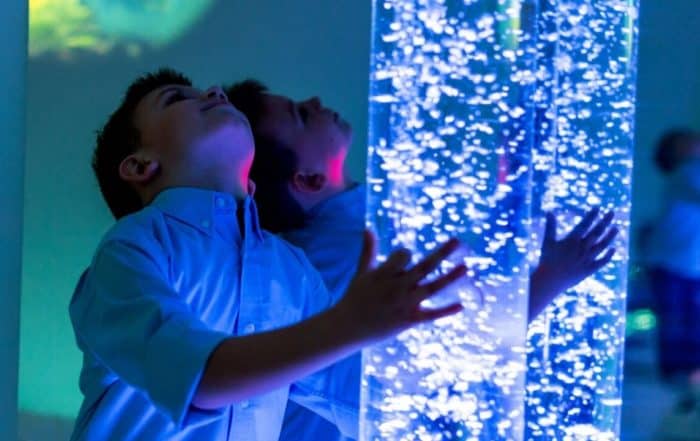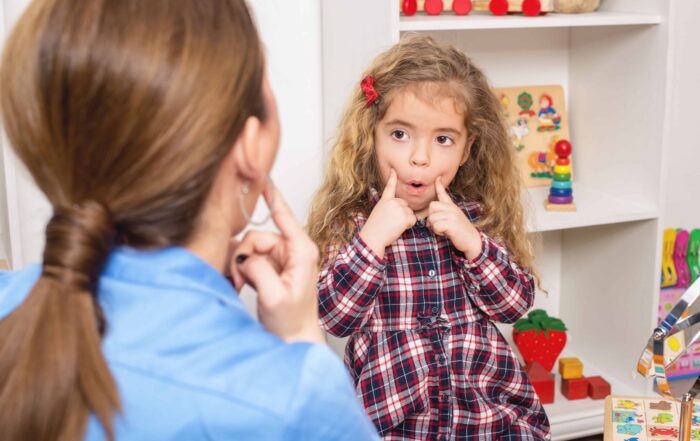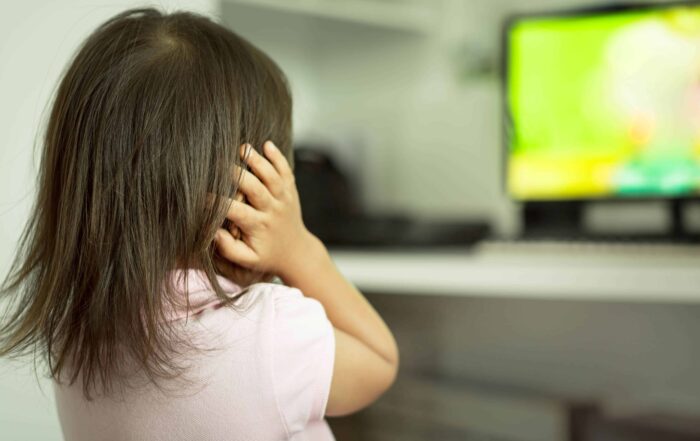Sensory processing issues are a common challenge for autistic individuals. These difficulties can include heightened sensitivity to certain stimuli, such as sounds or textures, and difficulty processing and integrating sensory information from different sources. For many autistic people, sensory processing issues can significantly impact daily life. This resource list provides a selection of helpful webinars and articles that can provide support strategies for individuals with sensory processing issues.
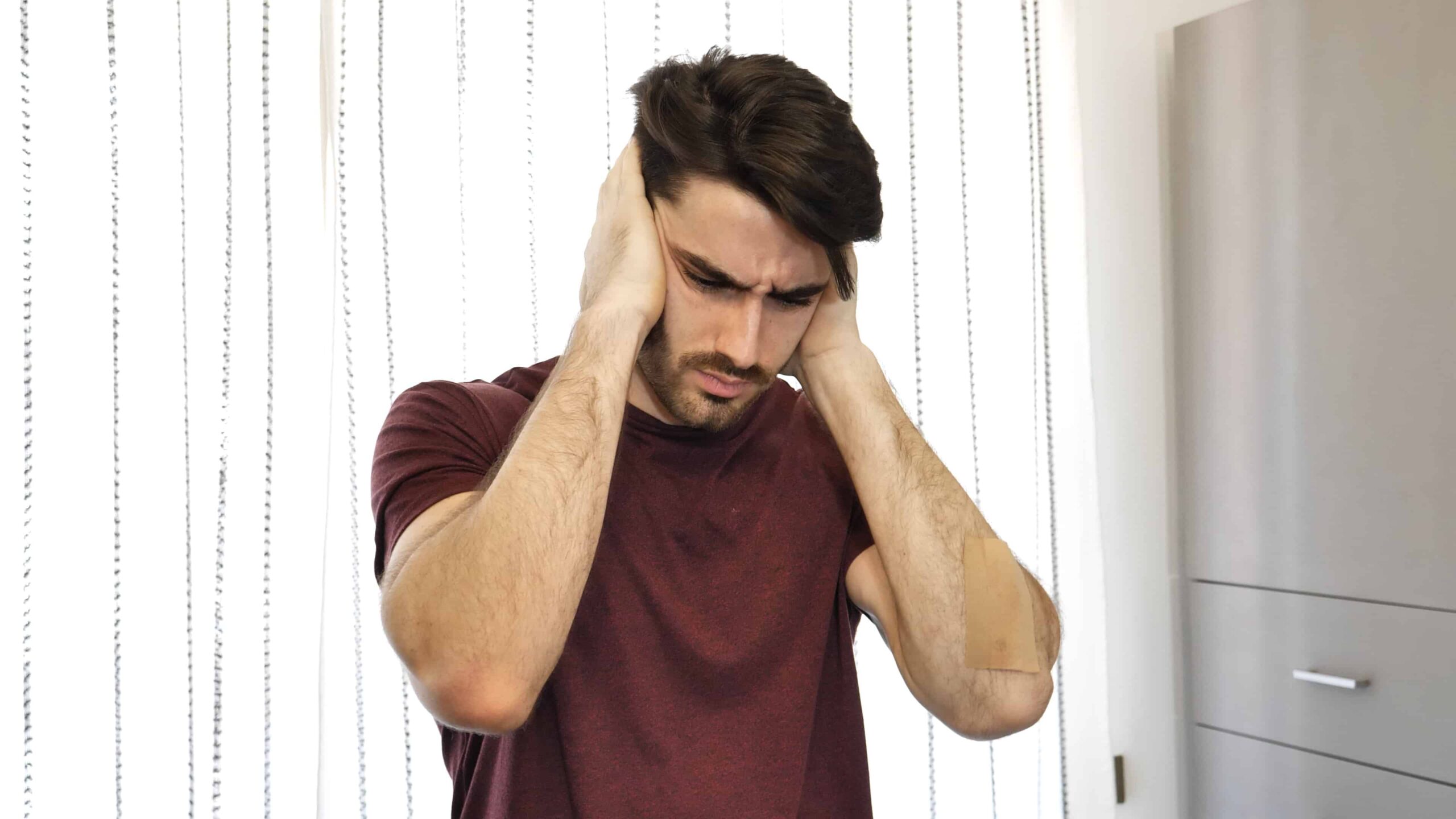
Sensory Processing Articles
Sensory Integration in Autism Spectrum Disorders
This article provides a detailed overview of sensory processing issues in autistic individuals. It explores different ways the brain processes sensory information and how those processes can be disrupted in autistic individuals. Information on the signs and symptoms of sensory processing issues and strategies for managing these challenges are discussed. The author emphasizes the importance of early intervention and provides resources for families and professionals to help support individuals with sensory processing issues.
Auditory Processing Problems in ASD
Aide Canada: Sensory & Motor Strategies Collection
AIDE Canada and its partners have collaborated on this collection regarding sensory and motor strategies. It includes a toolkit, articles, library resources, and webinars.
Sensory Processing Expert Webinars
The majority of the webinars listed below have been time-stamped and transcribed into concise written summaries, which can be easily accessed on the same page.

Pain, Sensory Issues, and Autism
Register now for our free upcoming webinar on August 30, 2023, where Dr. Tami Bar-Shalita, Dr. Yelena Granovsky, and Dr. Eynat Gal will delve into the topics of sensory issues, pain behavior, and neurophysiology related to autism. The presenters will provide a comprehensive review of both quantitative and qualitative studies in this field.
Brain & Sensory Processing Differences Across the Lifespan (Series Part 1)
In part one of this webinar series, Fakhri Shafai, Ph.D., M.Ed., discusses sensory differences experienced by individuals with autism across the lifespan. She describes atypical neuronal migration and synaptic pruning and outlines how such differences in brain development lead to sensory issues in autism. Dr. Shafai uses relatable analogies to discuss complex topics and highlights the lack of adult sensory symptom studies across the field. She defines crucial brain regions, the eight sensory systems, and current limitations to the discourse. Before opening the floor to questions, Shafai touches on future directions for research and resources and provides practical examples of sensory toolkits and programs.
Sensory-Friendly Strategies for Home (Series Part 2)
In part two of this webinar series, Moira Peña, BScOT, MOT, OT Reg (Ont.), discusses sensory processing strategies for home. She describes how atypical sensory processing affects lived experiences of autistic individuals and outlines three sensory profiles. Peña dives into the sensory diet approach noting short- and long-term goals and the importance of the “power senses.” She provides examples of strategic sensory schedules and environmental adaptations and emphasizes the importance of co-regulating and leisure activities. Peña celebrates individual differences in autism and suggests that productive failures are part of the process. She provides more resources and tools before opening the question-and-answer session.
Live Q&A: Sensory Strategies at Home (Series Part 3)
Moira Peña, BScOT, MOT, OT, Reg. (Ont.), answers questions about sensory strategies for home. This recorded live question and answer session was a follow-up to our two-part series on brain and sensory processing differences and sensory strategies for home.
Autismo y el Procesamiento Sensorial: Estrategias Prácticas para Usar en Casa
Our talk Sensory-Friendly Strategies for Home by Moira Peña, BScOT, MOT, OT Reg (Ont.), is available fully in Spanish.
Moira Peña, BScOT, MOT, OT Reg (Ont.), habla de estrategias de procesamiento sensorial para casa. Describe cómo el procesamiento sensorial atípico afecta a las experiencias vividas por las personas con autismo y esboza tres perfiles sensoriales. Peña se sumerge en el enfoque de la dieta sensorial señalando los objetivos a corto y largo plazo y la importancia de los “sentidos de poder”. Proporciona ejemplos de horarios sensoriales estratégicos y adaptaciones ambientales y hace hincapié en la importancia de la corregulación y las actividades de ocio. Peña celebra las diferencias individuales en el autismo y sugiere que los fracasos productivos forman parte del proceso. Proporciona más recursos y herramientas antes de abrir la sesión de preguntas y respuestas.
Auditory Processing and Autism Spectrum Disorders
Sophie Schwartz, Ph.D., discusses auditory processing disorders (ADPs) in autistic individuals. She defines ADPs and highlights their impact on language acquisition and quality of life. Schwartz outlines her recent research at Boston University and affirms that atypical responses to sound correspond with biological differences in the brain and are not behavioral problems. She discusses current diagnosis and treatment options and outlines future research avenues before closing with a question and answer session.
Autism and Eating-Related Behaviors
Gregory Wallace, Ph.D., discusses eating-related behaviors in autism. He examines potential drivers of food neophobia and presents novel studies on the cognitive/behavioral correlates of eating in the absence of hunger (EAH). Wallace defines selective overeating as a new subtype of autism and details recent studies on taste perception and cortical taste pathways in ASD compared to typically developing groups. The presenter highlights limitations to current research and the need for longitudinal studies. Wallace closes with a Q&A discussing picky eating, GI difficulties, ASD and anorexia, and more.
Hippotherapy for Autism Spectrum Disorders
Founder and COO of Taking the Lead, Chelsea Whitaker, OTR/L, discusses hippotherapy and how this distinct practice can help autistic individuals and other disabilities. She describes how working with the natural movement of horses enables clients to build self-confidence, gain independence and reach their goals. Whitaker provides video examples of therapy exercises and outlines how they can improve communication, physical strength, and focus. She closes with a question & answer session where she discusses training, extant research, and more.
Sensory Features: Research and Evidence
Dr. Roseann Schaaf discusses the sensory challenges commonly experienced by autistic individuals, as well as evidence-based strategies for addressing these challenges.
Supporting Sensory Needs
Lindsey Biel, MA, OTR/L, describes the complexities of sensory systems, how they impact daily activities and learning, and the importance of positive sensory support. She outlines the sensory systems, noting differences in lived experiences for autistic persons, and discusses support techniques based on sensory understanding. Biel emphasizes the nature of stimming and sensory meltdowns and prescribes sensory diets/programming techniques. She concludes with ideas and links for supportive sensory activities, clothing, resources, and more.
Sensory Processing Research Funded by ARI
Effective Coping Strategies for Sensory Differences and Executive Function
Drs. Greg Wallace and Goldie McQuaid share their research on strategies autistic adults develop to compensate for non-social challenges they experience, including sensory sensitivities and executive function differences. Handouts are
Sensory Considerations for Social Communication
Vanessa Rentschler, Au.D., CCC-A, C.A.S., discusses sensory considerations for social communication in autism. She highlights common auditory processing differences, available services, and the overlap of visual and auditory sensory processing in
Sensory issues may be a factor in substance use in individuals with autism
Sensory issues may play a role in elevated levels of substance abuse in individuals with autism spectrum disorders (ASD), according to a new study from the Netherlands. Frank van den Boogert and
Pain, Sensory Issues and Autism
Dr. Tami Bar-shalita, Merry Kalingal Levi, and Dr. Yelena Granovsky explore the intricate connections between pain, sensory perception, and autism. They discuss quantitative and qualitative research findings that shed light on the
Editorial: Revisiting Two Lesser-Known Teaching Strategies to Enhance Speech Production in Autism
In this editorial, I would like to shed light on two methods for improving the speech production of individuals on the autism spectrum, discuss potential neurological factors that may underlie their effectiveness,
Study investigates responses to pain in individuals with autism
A new study offers insights into the responses of adults with autism spectrum disorders (ASD) to painful stimuli. Tseela Hoffman and colleagues investigated pain perception in 104 adults, 52 of whom were



